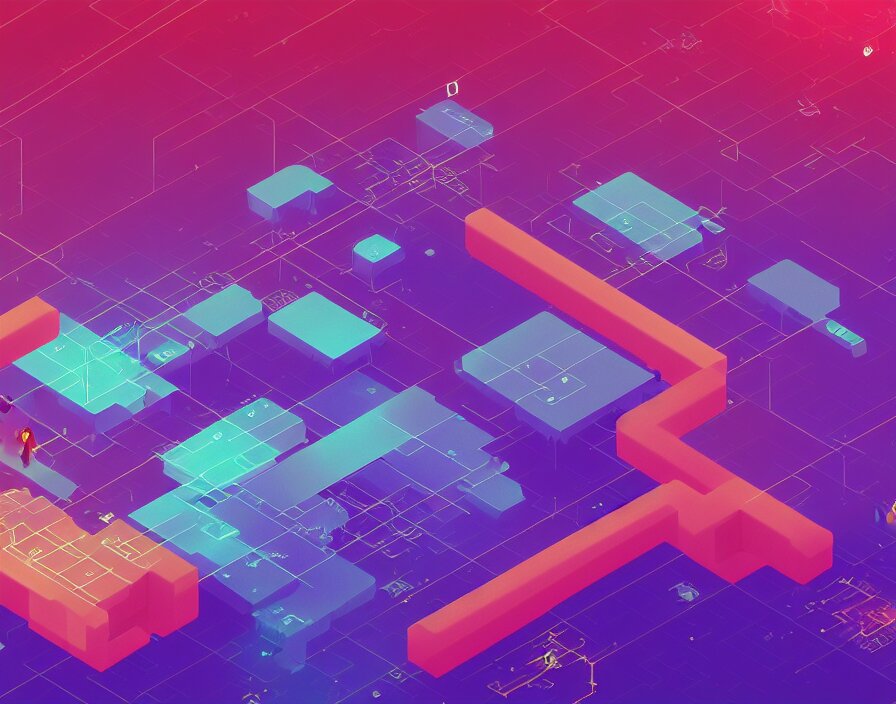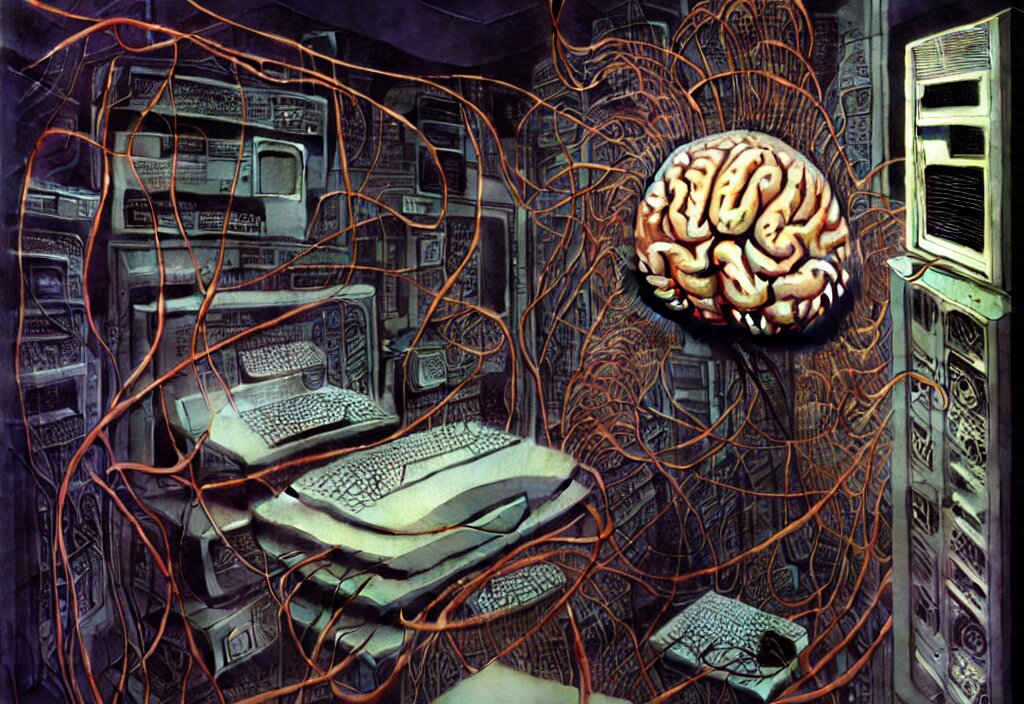#computer-science #efficient-software
Created at 2023-01-04
# [Anonymous feedback](https://www.admonymous.co/louis030195)
# [[Epistemic status]]
#shower-thought
Last modified date: 2023-01-04
Commit: 0
# Related
- [[Vicarious learning - Software Engineering]]
- [[Computing/Distributed strategies in nature are the laws of physics]]
- [[Computing/Architecture]]
- [[Computing/Distributed systems might not be the solution]]
- [[Computing/Intelligence/Alignment/Self replication is the focus]]
- [[Computing/Continuous delivery]]
# TODO
> [!TODO] TODO
# Replication theory

In computer science, replication theory is the study of how to replicate data in a distributed system. The goal of replication is to ensure that data is consistently available, even in the face of failures or other disruptions. There are many different approaches to replication, each with its own trade-offs and benefits.
One common approach to replication is to use a primary-secondary model. In this model, a primary server is responsible for receiving updates to the data, and secondary servers are used to provide additional copies of the data for fault tolerance. The primary server replicates data to the secondary servers, and the secondary servers can take over as primary in the event of a failure.
Another approach is to use a quorum-based model, in which a majority of servers must agree on the state of the data before it is considered to be valid. This approach can be more resilient to failures, but can also be slower and more complex to implement.
A third approach is to use a distributed hash table (DHT), which is a decentralized data structure that allows nodes in a network to efficiently locate data. In a DHT-based system, data is distributed across multiple nodes, and each node is responsible for storing and replicating a portion of the data.
There are many other approaches to replication, each with its own characteristics and trade-offs. Some of the factors to consider when choosing an approach to replication include the desired level of consistency, the required performance and availability, and the complexity of the implementation.
In summary, replication theory is an important field of study in computer science that deals with the challenges of maintaining consistent data in a distributed system. By understanding the different approaches to replication, it is possible to choose the one that best fits the needs of a particular application.
## Weaviate replication system
https://weaviate.io
The Weaviate Replication Architecture is a method for replicating data between Weaviate instances. It allows for data to be transferred between instances in a secure and consistent manner. This can be useful in a variety of situations, such as when multiple instances of Weaviate are being used to serve a distributed application, or when data needs to be shared between organizations. The Replication Architecture is designed to be flexible, allowing users to choose the level of consistency they require and the data that should be replicated. It can be used in both cloud and on-premises environments, and supports a variety of replication scenarios.
![[Pasted image 20230104153928.png]]
## Cluster Architecture

The Weaviate Cluster Architecture is a method for organizing multiple instances of Weaviate into a cohesive whole. It allows users to scale their Weaviate installation horizontally by adding additional instances as needed. The Cluster Architecture is designed to be highly available and resilient to failures, with each instance in the cluster able to take over the workload of any failed instances.
In the Weaviate Cluster Architecture, each instance in the cluster is called a "node". The nodes communicate with each other using a replicated log, which allows them to stay in sync and ensure that the cluster remains consistent. The cluster also includes a load balancer, which distributes incoming requests evenly across the nodes in the cluster.
One of the key features of the Weaviate Cluster Architecture is its ability to handle failures. If a node fails, the load balancer will redirect requests away from the failed node and towards the other nodes in the cluster. The cluster will also automatically heal itself by replacing the failed node with a new one.
Overall, the Weaviate Cluster Architecture is a powerful tool for building distributed, highly available systems using Weaviate. It allows users to scale their Weaviate installation horizontally and ensures that the cluster remains consistent and available even in the face of failures.